The Ultimate 1.5 Volt Battery Guide!
Imagine a world without batteries. The devices we rely on, the conveniences we take for granted - all would be silenced. Batteries hold the power to transform our lives, fueling our gadgets and enabling us to stay connected, entertained, and safe.

Photo credits: Youtuber"The No Code Tech"
But have you ever pondered the hidden potential within these compact powerhouses? They are more than mere energy cells; they are the life force that breathes life into our devices, infusing them with power and vitality.
In a world where technology reigns supreme, the 1.5V battery stands as the humble guardian of our daily lives. It empowers our gadgets, enabling us to capture cherished memories, stay connected with loved ones, and navigate through a sea of information. From the tiniest toy to the most sophisticated gadget, 1.5V batteries provide the spark that ignites our imagination.
This guide is aimed at providing you with information on a 1.5v battery. So, let’s commence:
The World of 1.5V Batteries: Empowering Your Devices
In a world driven by technology, where our lives are intertwined with gadgets and devices, the role of batteries becomes paramount. The 1.5V battery is a ubiquitous powerhouse, providing the energy needed to keep our devices running smoothly among the various battery voltages available. Let's explore the fascinating world of 1.5V batteries and their diverse options.
The Versatility of 1.5V Batteries
In every household, you'll find those familiar 1.5V batteries, faithfully fueling a multitude of everyday essentials. From portable lamps to trusty radios, remote controls to a plethora of low-powered gadgets, they tirelessly serve as the life force behind our cherished electronic companions. With various sizes and types crafted meticulously to cater to diverse needs and applications, these mighty batteries stand ready to empower our lives in countless ways.
Innovations and Advancements in EBL 1.5 Volt Battery Technology

Over the years, significant innovations and advancements have been made in this technology, leading to improved performance, increased energy density, and enhanced sustainability.
Lithium-Ion Chemistry:
Back in the day, everyone loved alkaline batteries, but now lithium-ion batteries are the real rock stars. They've totally blown everyone away with their incredible powers. These batteries pack way more energy, last longer, and perform like champions compared to the old-school ones. You can count on them to deliver a steady stream of power from start to finish, making them the top pick for any demanding job.
Enhanced Energy Density:
EBL 1.5v batteries have witnessed significant improvements in energy density, allowing them to deliver more power in a compact size. Advancements in electrode materials, such as lithium compounds and carbon additives, have contributed to higher energy storage capacities. This increased energy density enables EBL 1.5v batteries to last longer and provide consistent performance, making them well-suited for high-drain devices.
Eco-Friendly Designs:
You know how everyone's talking about the environment these days? Our manufacturers have been doing some pretty impressive stuff to make the batteries more eco-friendly. They've developed this cool rechargeable lithium-ion technology that's been a game-changer. It's drastically reduced the number of those throwaway batteries we used to use.
So, here's the best part: these rechargeable EBL batteries are like the Energizer Bunny on steroids. You can use them again and again, hundreds of times! That means way less waste piling up and a much smaller carbon footprint. Pretty awesome. Oh, and the cherry on top is that they've also made sure to use materials that are kinder to Mother Nature during manufacturing. So, it's a win for the environment all around.
Advanced Safety Features:
Now, let's switch gears and talk about safety. You know how sometimes you worry about your batteries overheating or blowing up? Well, worry no more! EBL 1.5v batteries have got your back with their advanced safety features. These babies come with all sorts of cool safeguards, like thermal protection, overcharge protection, and short-circuit protection. They put in everything to make sure accidents are kept at bay. Now you can sit back, relax, and enjoy the peace of mind of using these batteries.
Types and Sizes of 1.5V Batteries: Exploring the Varieties
When it comes to 1.5V battery size, there are many, each designed to cater to specific needs and applications. Let's delve into the different types of 1.5V batteries, comparing their characteristics and uses.
Button Cell Batteries:
Small Powerhouses Button cell batteries, often called coin cell batteries due to their round shape resembling a coin, are specifically designed for devices requiring compact power sources. These little powerhouses are commonly found in watches, calculators, hearing aids, and other small electronic devices. Despite their diminutive size, button cell batteries deliver a steady 1.5 volts of power and offer reliable performance over extended periods.
These batteries come in various chemistries, including alkaline, silver oxide, and lithium.
Alkaline button cell batteries are cost-effective and perfect for low-drain devices. On the other hand, silver oxide button cells boast a higher energy density and longer shelf life, making them ideal for watches and medical devices. Lithium button cell batteries are commonly used in high-drain devices like cameras and fitness trackers for lightweight and long-lasting power.
Cylindrical Batteries:
The Everyday Power Solution Cylindrical batteries are the most commonly encountered type of 1.5V batteries and find widespread use in everyday household devices and electronics. They come in different sizes, each serving specific purposes based on size and capacity.
- AA Batteries: The Reliable Workhorses AA batteries, also known as double-A batteries, are incredibly versatile and widely used in many devices. From remote controls and toys to portable audio devices and digital cameras, AA batteries balance compact size and power capacity perfectly. They can handle both low and moderate energy requirements, making them a reliable choice.
- AAA Batteries: Small and Practical If you're looking for smaller batteries, AAA batteries, also known as triple-A batteries, are the answer. They are commonly used in smaller devices like TV remotes, digital cameras, flashlights, and electronic toys. Although they provide lower energy capacity, AAA batteries are perfect for gadgets requiring less power or limited space.
- C Batteries: Power and Endurance For devices that demand more power or prolonged operation, C batteries are the go-to option. They are larger than AA and AAA batteries and offer higher energy capacity. You'll often find them in flashlights, radios, and larger toys. C batteries strike a balance between power and size, making them a popular choice across various applications.
- D Batteries: Powering Heavy-Duty Devices D batteries dominate cylindrical 1.5V batteries. Their substantial energy capacity makes them suitable for high-drain devices and equipment requiring long-lasting power. Think of large flashlights, boomboxes, and power tools. D batteries are renowned for sustaining heavy-duty applications and providing reliable performance over extended periods.
Specialized Batteries:
Meeting Unique Needs Apart from button cell and cylindrical batteries, there are specialized 1.5V batteries designed for specific purposes, such as:
Lithium 1.5V Batteries: Unparalleled Performance, Lithium 1.5V batteries, are known for their exceptional performance and longevity. They find common use in high-drain devices like digital cameras, medical devices, and professional audio equipment. These batteries provide a lightweight and reliable power source, ensuring optimal performance even in demanding applications.
Exploring the Chemistry of 1.5 Volt Batteries
1.5-volt batteries are not just about voltage and size, you know! The real deal lies in their chemistry. Chemistry determines how these batteries perform, store energy, and find their perfect fit in specific applications. Get ready to uncover the mind-boggling chemistry behind 1.5-volt batteries and how they make our devices tick.
Unleashing the Power and Longevity:
These batteries have become all the rage because they can cram in tons of energy and can be recharged again and again. They hang out with portable electronics like smartphones, laptops, and power tools. Oh, and those AA and AAA lithium-ion 1.5-volt batteries? They totally rock this chemistry.
Lithium-ion batteries are all about those lithium compounds in their electrodes. These compounds do some fancy footwork, allowing lithium ions to groove during those charge and discharge cycles. That's how they store energy so efficiently, last longer, and be recharged multiple times. These bad boys are perfect for high-drain devices needing continuous power boosts.
Reliable and Cost-Effective:
AA and AAA alkaline variants are all the rage, powering everything from remote controls to flashlights.
Alkaline batteries get their groove on with alkaline electrolytes and zinc-manganese dioxide chemistry. The electrolyte is usually good old potassium hydroxide. It lets the current flow between the electrodes.
You've got the zinc electrode acting all negative and the manganese dioxide electrode as the positive party animal. This sweet chemical reaction is what turns those chemicals into electrical energy.
Furthermore, they've got a rep for being reliable, easy on the wallet, and as common as a squirrel in a park. They strike the perfect balance between energy capacity and cost-effectiveness, making them a go-to for everyday devices that don't go overboard with power needs.
Other Chemistries and Variants
Apart from our lithium-ion and alkaline batteries, we've got some specialized 1.5 volt battery variants that deserve a shout-out:
Lithium 1.5V batteries: These non-rechargeable lithium batteries are like rockstars of high energy density and long shelf life. They get cozy with devices like digital cameras and smoke alarms, where reliability and long-lasting power are the name of the game.
Lithium Iron 1.5V batteries: These non-rechargeable lithium-ion batteries step up to the plate for devices like medical equipment, security devices, and home automation systems. They're all about that stable voltage output and resistance to self-discharge. No slacking off here!
Remember, when hunting for the perfect power source for your devices, you must love the specific chemistry of those 1.5 volt batteries. Different chemistries bring different superpowers to the table, from energy capacity to rechargeability and performance.
Performance and Runtime of EBL 1.5 Volt Batteries
These batteries are typically alkaline-based and utilize advanced technology to deliver consistent performance. The alkaline chemistry offers a higher energy density than other battery types, allowing for a longer runtime and more efficient power delivery.
Performance Factors
Several factors contribute to the performance of EBL 1.5-volt batteries, including capacity, self-discharge rate, and voltage stability.
Capacity: The capacity of a battery determines the total amount of charge it can hold. EBL 1.5-volt batteries come in various capacities, typically ranging from around 800mAh to 3300mAh or higher. Higher capacity batteries can provide longer runtimes, making them ideal for devices that require extended periods of operation.
Self-discharge Rate: Self-discharge refers to the rate at which a battery loses its charge when unused. EBL 1.5-volt batteries are known for their low self-discharge rates, allowing them to retain a significant amount of their charge over extended periods. This feature is particularly beneficial for devices that are infrequently used, as the batteries will still have sufficient power when needed.
Voltage Stability: Voltage stability is crucial for the proper functioning of electronic devices. EBL 1.5-volt batteries offer excellent voltage stability, maintaining a constant voltage output throughout their lifespan. This ensures consistent performance and reliable power supply, preventing any disruptions or malfunctions in the connected devices.
Runtime Considerations
The runtime of EBL 1.5-volt batteries depends on various factors, including the device's power consumption, battery capacity, and the efficiency of the battery chemistry.
Power Consumption: Different devices have varying power requirements. Higher-power devices, such as toys or high-intensity flashlights, may drain batteries more quickly compared to low-power devices. It is important to consider the power demands of the device when assessing the runtime of EBL 1.5-volt batteries.
Battery Capacity: As mentioned earlier, the battery capacity directly influences the runtime. Higher-capacity EBL 1.5-volt batteries will last longer before requiring replacement or recharging.
Battery Efficiency: EBL 1.5-volt batteries are designed to provide efficient power delivery, ensuring maximum utilization of the available energy. This efficiency translates to longer runtimes compared to batteries with less advanced chemistries.
Self-Discharge: It's worth mentioning that EBL 1.5V batteries have a self-discharge rate, meaning they gradually lose their charge even when not in use. This self-discharge rate is relatively low compared to some other rechargeable batteries. However, it is still essential to remember this when planning to use them after extended storage periods. Regularly checking and recharging the batteries before use ensures optimal performance.
Conclusion
EBL has emerged as a leading manufacturer of 1.5V batteries, catering to a wide range of consumer needs. Their commitment to quality and innovation is evident in their advanced technology, ensuring consistent power output and extended battery life. Whether you require batteries for everyday devices like remotes and clocks or for high-drain devices like cameras and toys, EBL offers a reliable solution.


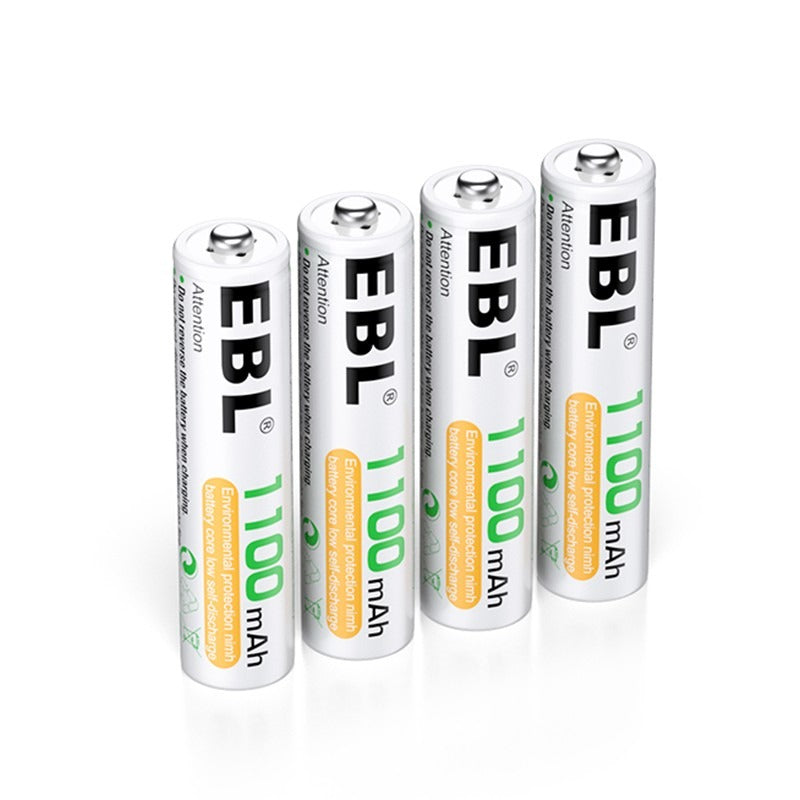
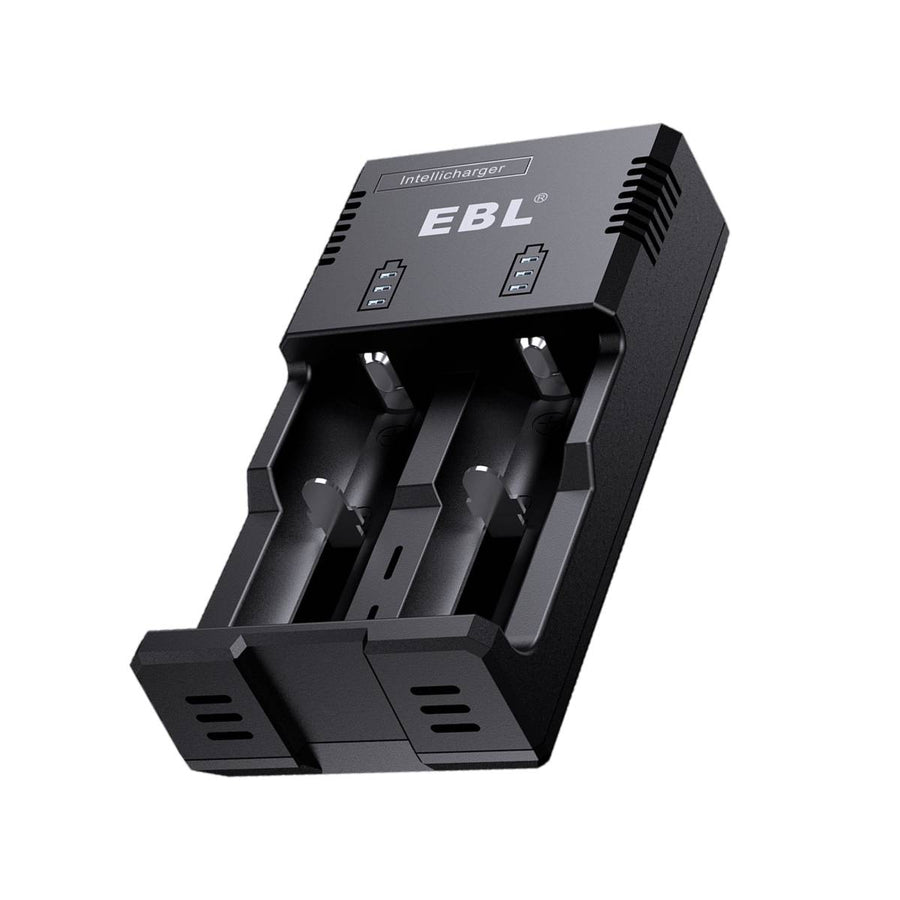
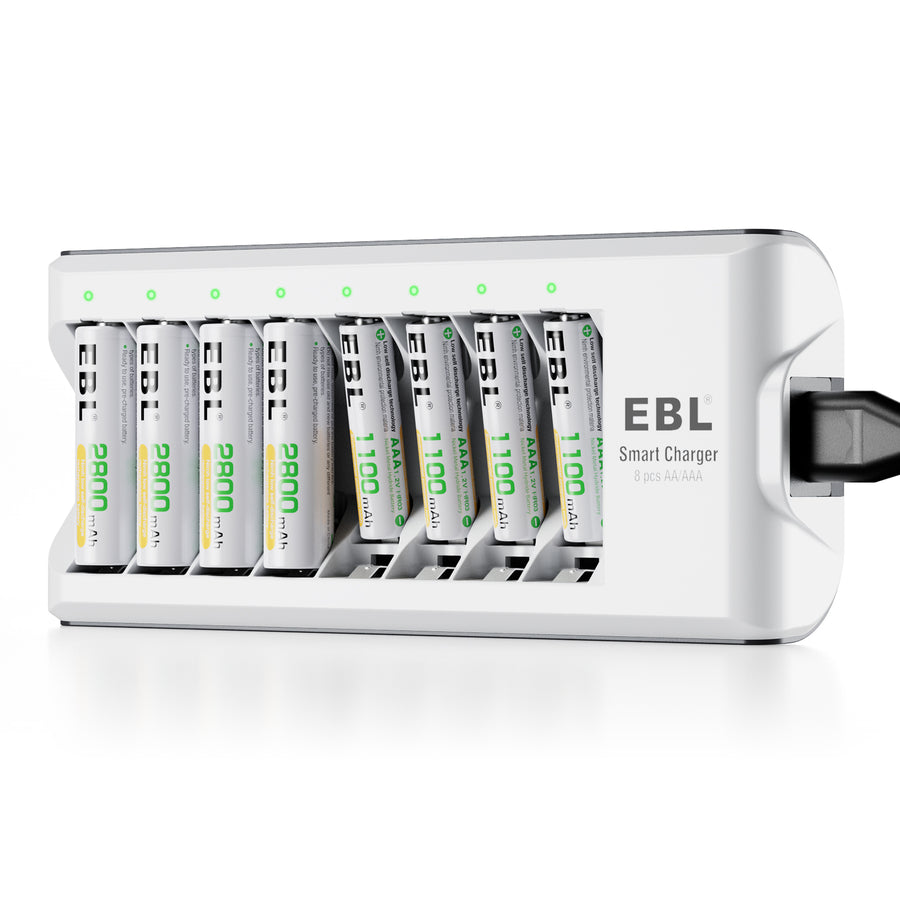
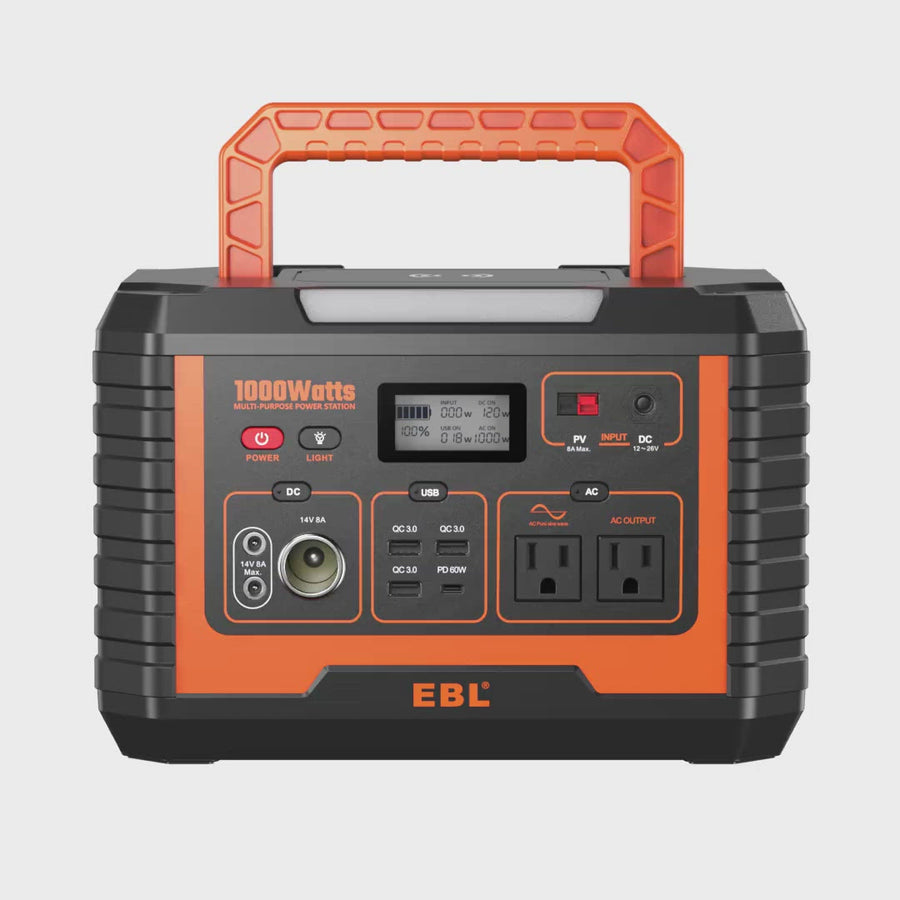



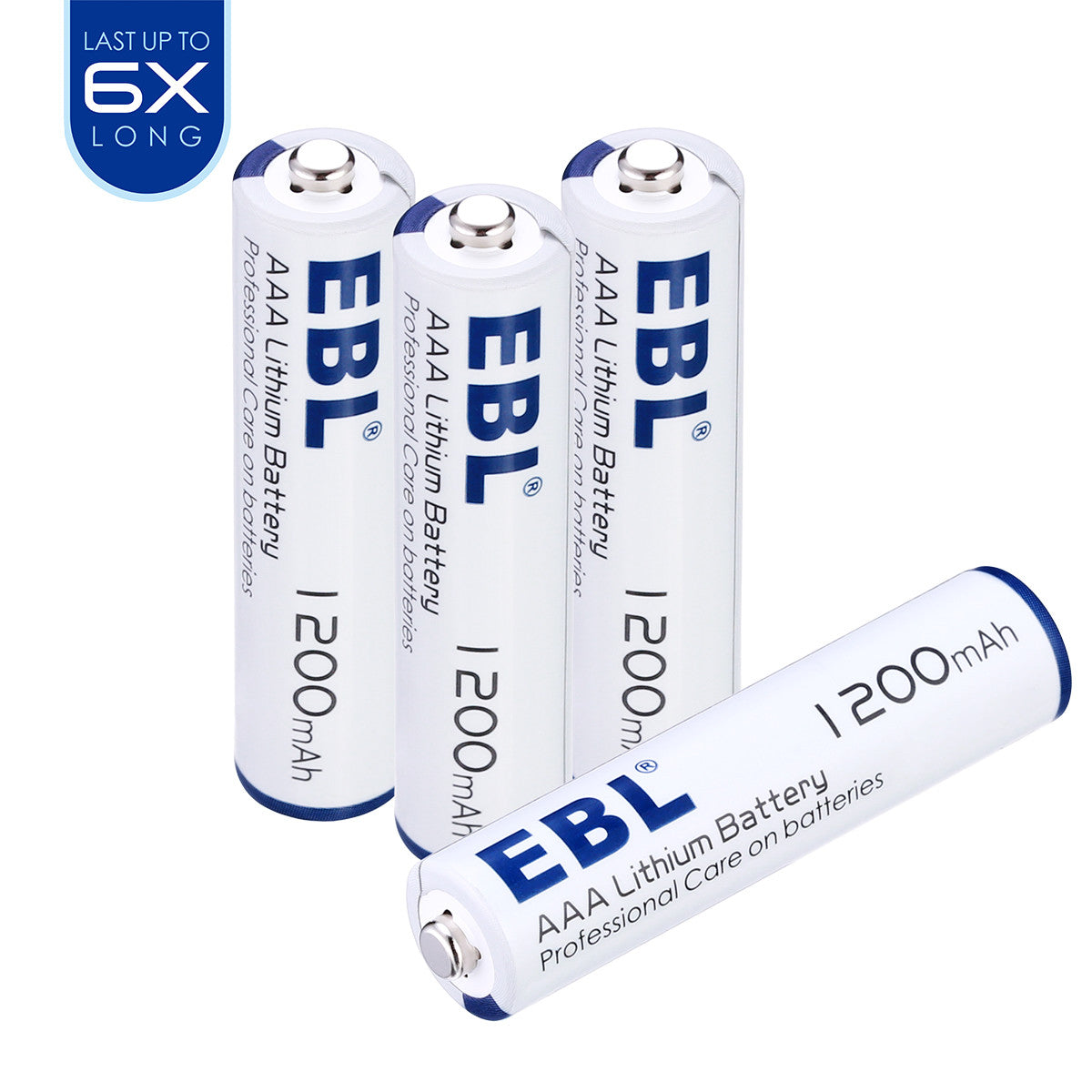
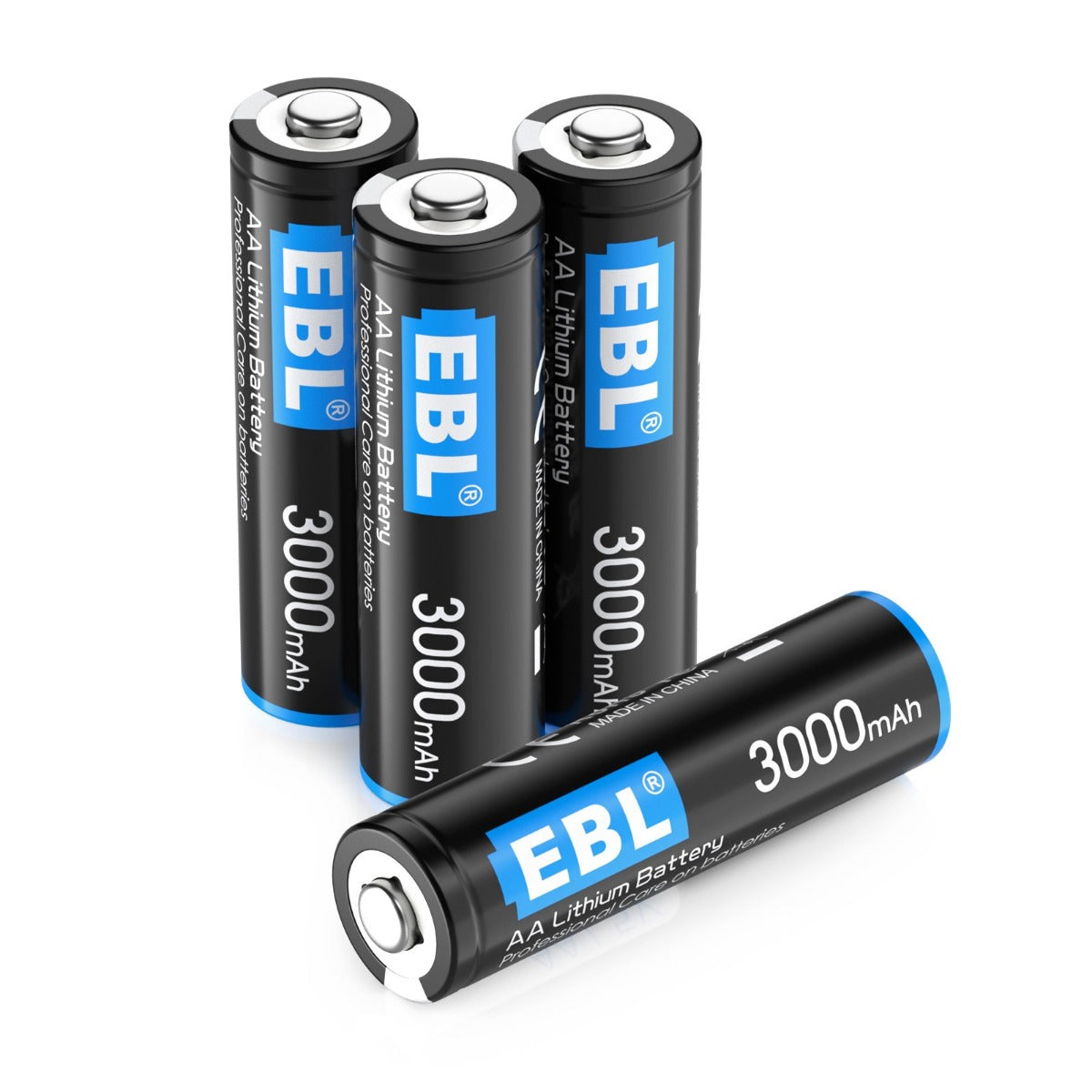
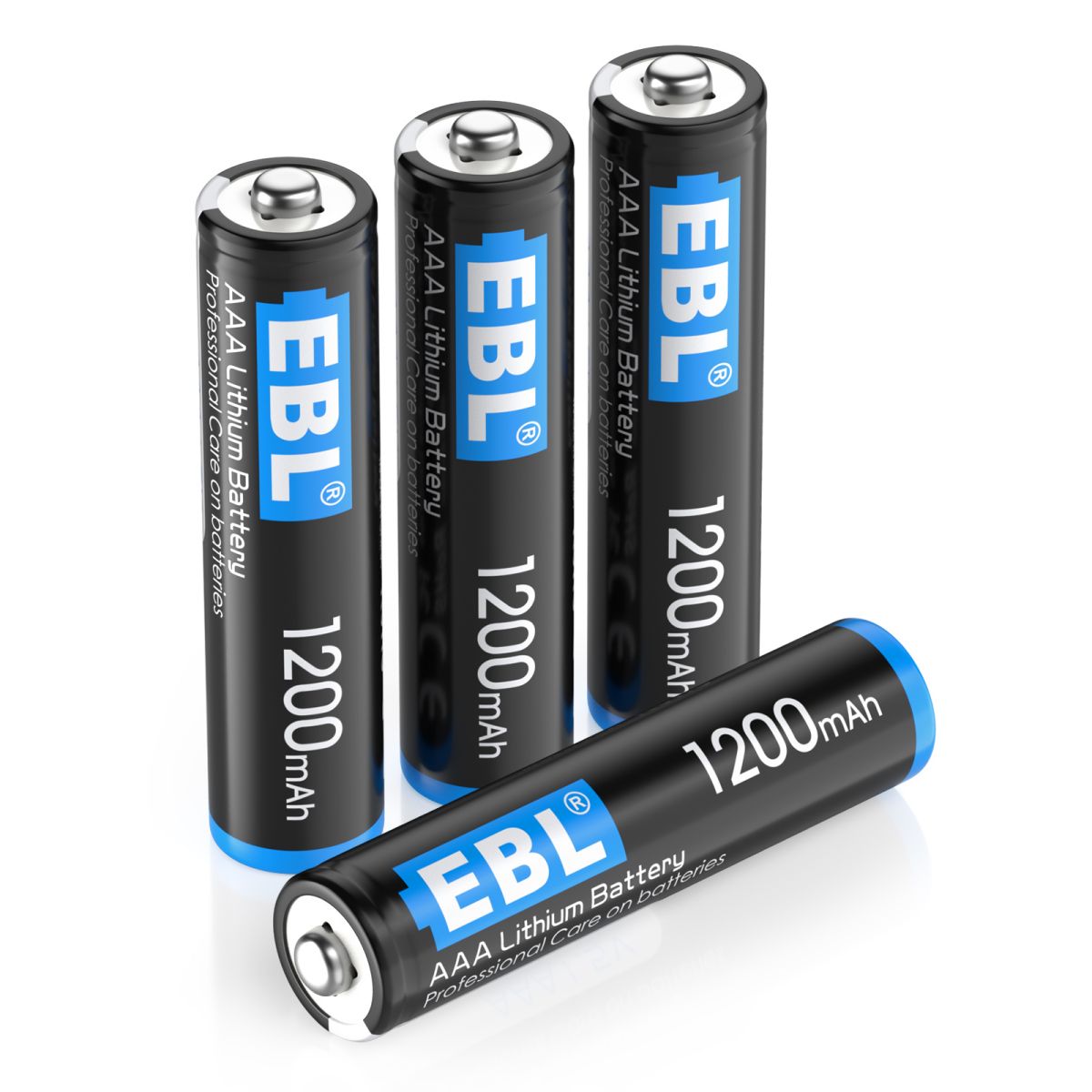
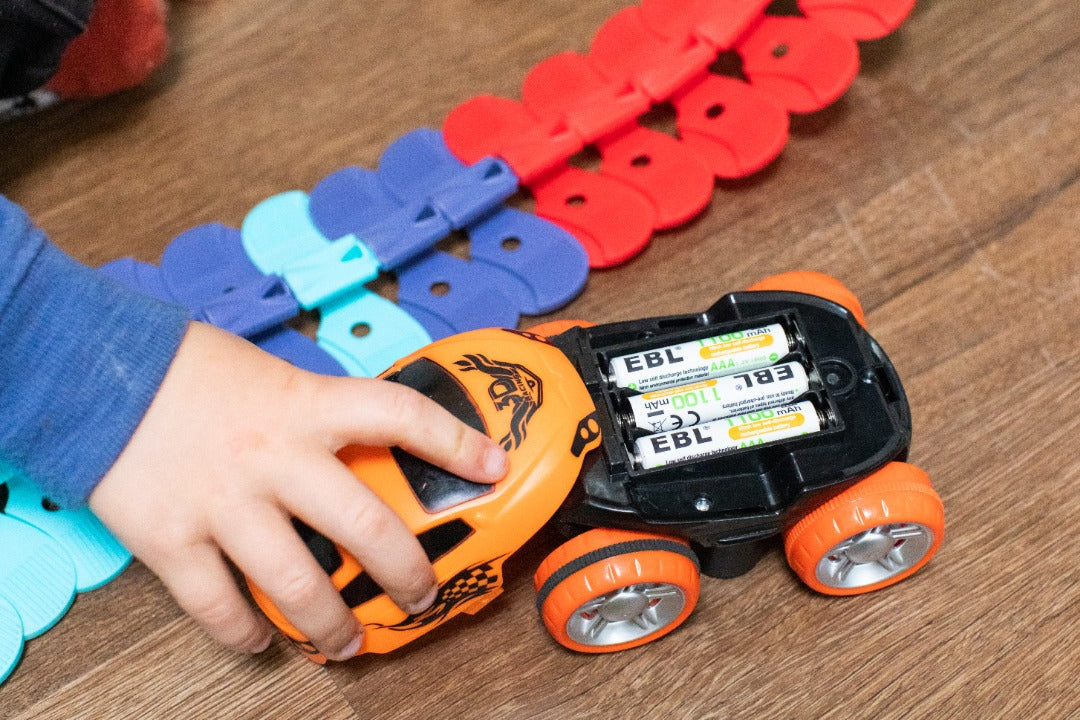
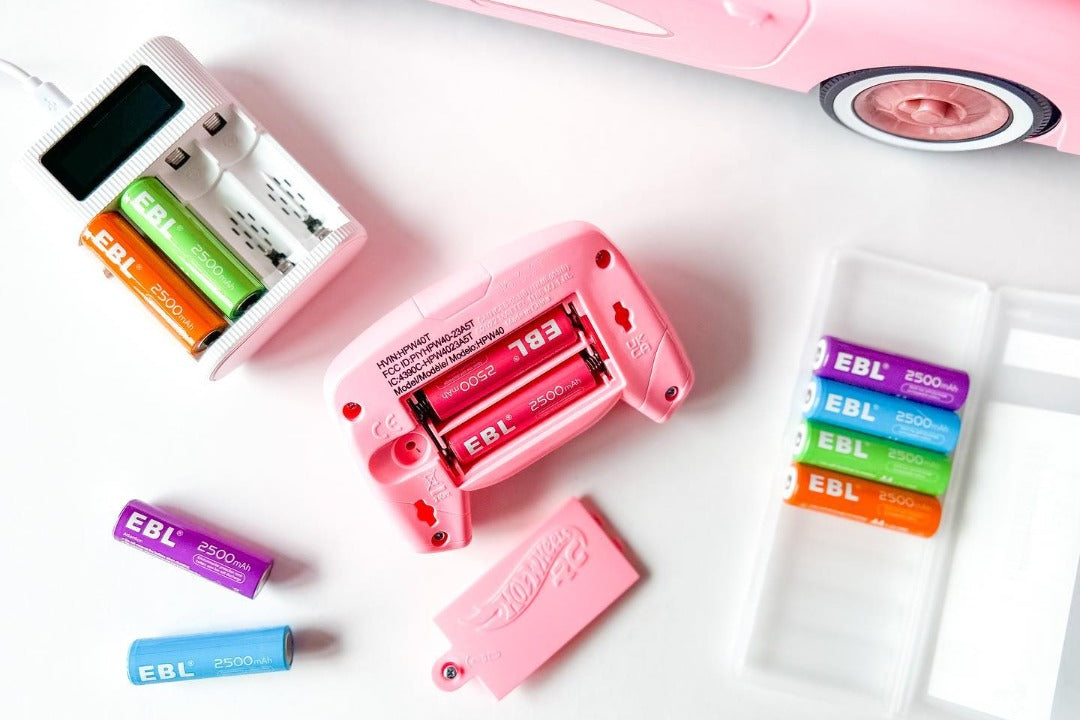
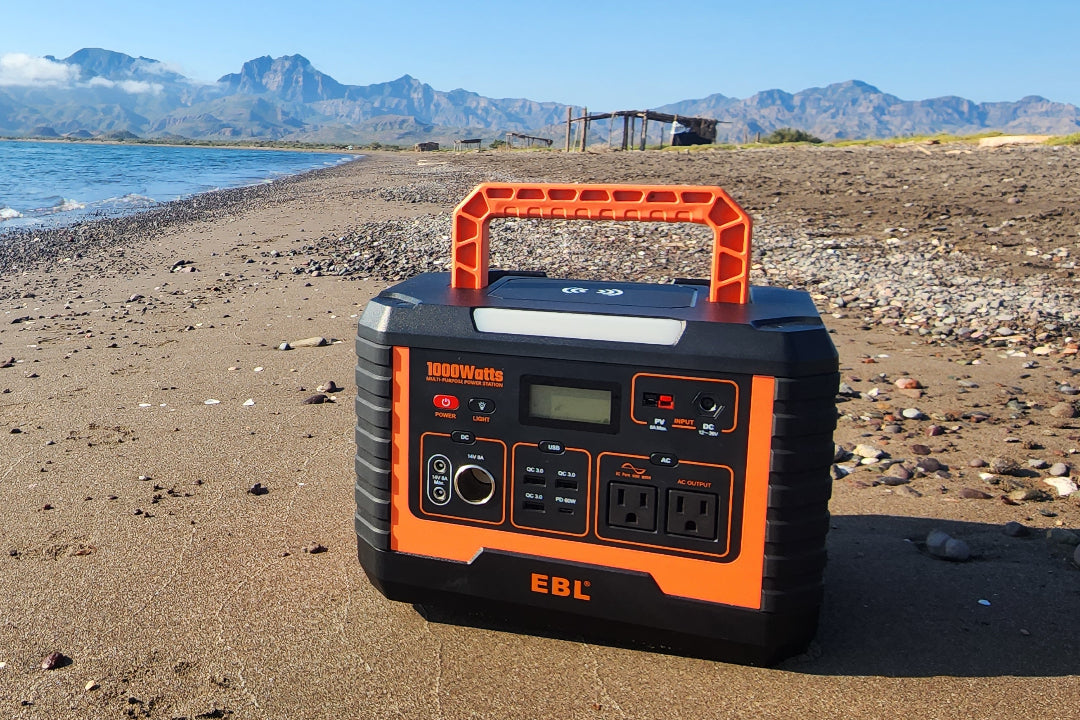
Leave a comment